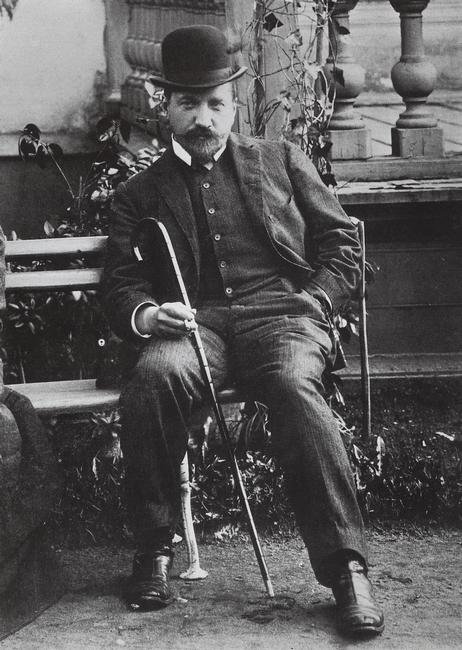
1865 - 1911
Valentin Serov
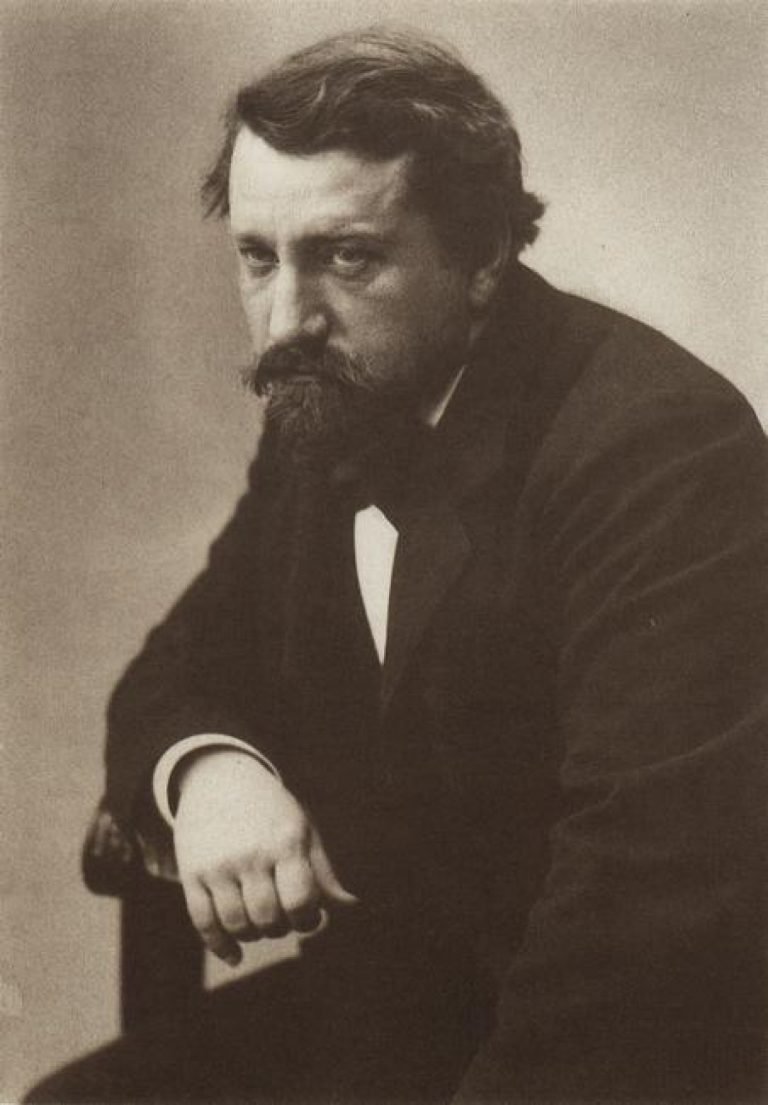
description
Serov was a Russian painter, graphic artist, author of several hundred portraits and historical canvases, landscape painter, animal painter and a talented teacher. He worked at different times in various styles – from Realism and Naturalism to Impressionism, and from Neoclassicism and Symbolism to Modernism.
Key ideas:
– Serov depicted beauty and youth in his early portraits and the charm of nature in his landscapes. He had two main aims: to express the simplicity and beauty of nature or the model and interpret them persuasively.
The freshness and fragility of the young artist’s canvases arose not only from his reworking of light and color, but also from the the complex harmony of reflexes, and the saturation of air.
– In his later works, Serov began to use a method of stylization characteristic of modern aesthetics. He was the first to create his own versions of ancient scenes in a painting, which stood out from the canons of Academism (a good example is “The Abduction of Europe”). Critics called his rhythm of work “resilient.” He was a master of transforming silhouettes, as if pulling them. He placed them diagonally, which emphasizes the dynamics of movement in the composition.
1865
1873
1874
1875
1880
1897
1900
1903
1907
1911
The birth of the artist
Became a student of German engraver Karl Koepping.

Became a student of Ilya Repin
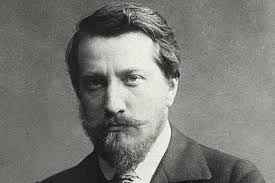
Returned to Russia
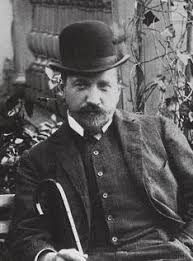
Entered the Academy of Arts

Began to lead a workshop at the Moscow School
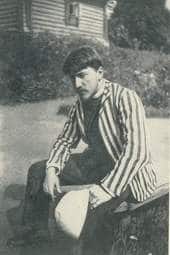
The Grand Prix
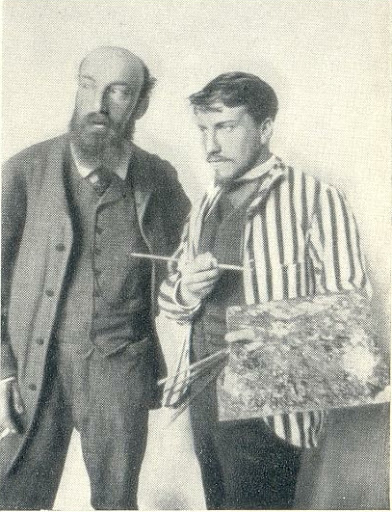
Became a full member of the Academy of Fine Arts

Traveled to Greece
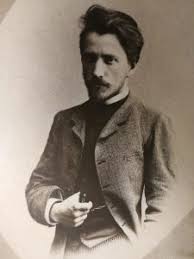
The death of the artist

Valentin Serov
On Artist
flow
Impressionism
friends
Mikhail Vrubel
Vladimir Derviz
artists
Henri Matisse
Ilya Repin
Karl Capping
Pavel Chistyakov
By Artist
flow
Academic art
Post-Impressionism
friends
Konstantin Korovin
Lev Bakst
artists
Petr Konchalovsky
Fedor Krichevsky
Martiros Saryan
Nikolai Milioti
Mikhail Larionov
Robert Falk
Vladimir von Meck
Pavel Kuznetsov
Nikolay Sapunov
Kuzma Petrov-Vodkin
Nikolay Ulyanov
Konstantin Yuon
